To ensure trains are safely and efficiently maintained and stabled, an essential and critical element of every railway is a maintenance depot. Rolling stock is as reliable as ever, but it is also more sophisticated as ever and, like all engineering products, trains need facilities for servicing, inspection, overhaul, maintenance and major repairs/upgrades, and cleaning.
The elements that need supporting include water supply; communications bus; electrical supply, including – traction, lighting, and on train power; heavy maintenance and wheel profiling; and signalling and telecoms, such as radio and automatic train warning and protection systems.
No two depots are the same, and the facilities provided will be determined by the rolling stock serviced by the depot. However, depots can be provided with some or all the following facilities: stabling areas; workshops; wash plant; specialist equipment and plant; test track; test facilities for signalling telecoms and traction power; operations and depot control centre; administrative buildings; train lifting facilities; under-floor wheel lathe; and logistics and storage. Unsurprisingly, depots may also need room to expand if required.
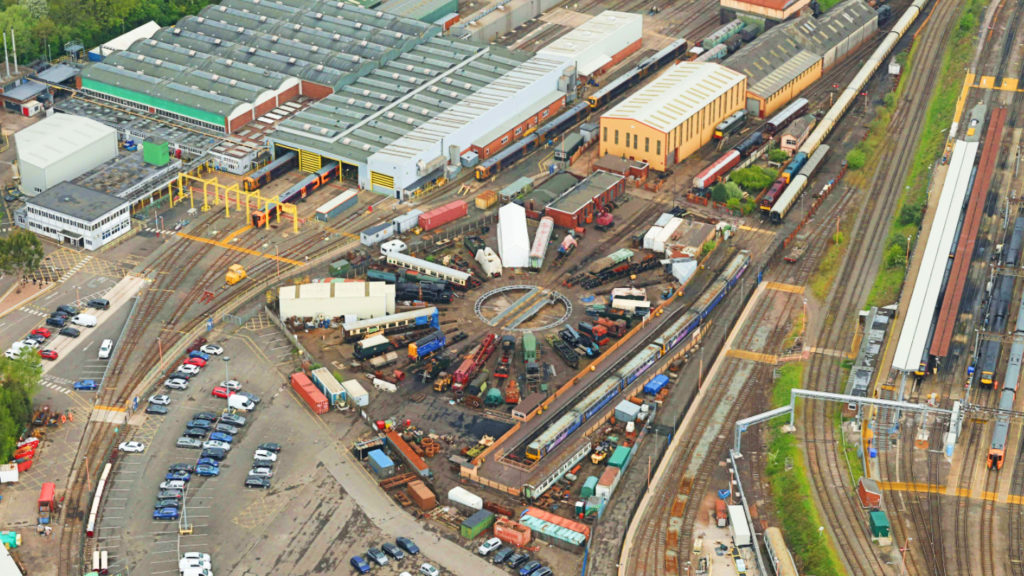
Depots are mainly located in historic locations but, ideally, they need to be sited with good rail and road access to enable easy transfer of trains to and from their service start and end points, and to ensure good access for maintenance and logistics support – including heavy equipment and routine and specialist support staff. Another requirement is a reliable electrical supply and communication links, and good security is essential as there are a lot of very expensive trains and equipment held in a small area.
Improvements required
The Network Performance Board (NPB) and Passenger Operators’ Safety Group (POSG) have identified that improvements are needed in train depot service delivery and safety. An increase in late starts and wrong formations has caused depot delays to increase by 86% since 2014, and there have also been three train depot fatalities in the last seven years. NPB and POSG also believe that depots are not seen as part of the national network, which has led to a reduced focus on implementing good health and safety on Britain’s railways.
Depots are busy areas, and the internal layout needs to be such that the maintenance, inspection, servicing, and cleaning requirements can be undertaken in as safe and efficient a manner as possible. For existing depots, the service specification and the physical constraints of the depot need to be balanced to deliver an optimised operation so that the risk to safety, performance, and capability is acceptable.
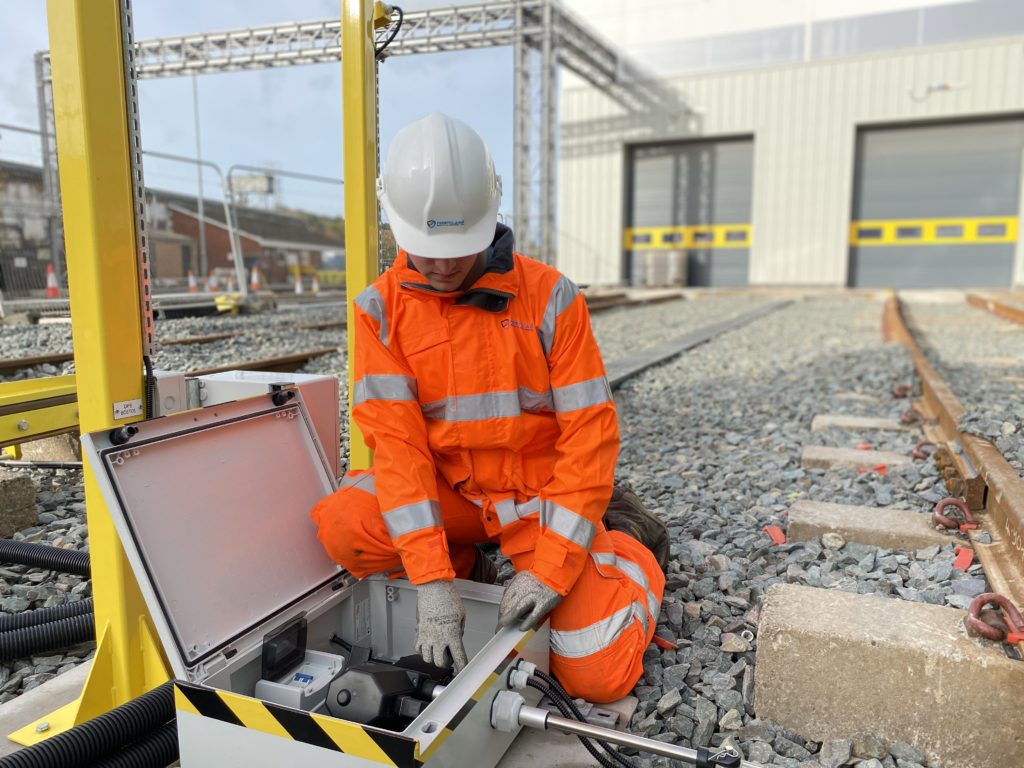
When planning any new depot facilities, the train layout configuration should be optimised, from the receipt of trains to delivery back to the network for service operation. Depot equipment and logistics should be optimised to provide timely procurement and provision of key items to exploit innovation and creative new ways of working where appropriate, so that maintenance downtime is minimised, availability is maximised, and risk of in-service failures is reduced.
Depot facilities and technology will need to be able to maintain the fleet of trains and support any out-of-course activities, including potential fleet modifications. Depot capacity will depend on the number and type of trains, berths and equipment, the progression of vehicles through the depot, and the sequence of work and vehicle downtimes, along with the team structure and working methods. Poor depot design, equipment, and management is likely to negatively impact the quality of investigations, result in deferred work, and increase the risk of not meeting availability targets with serviceable vehicles.
Depots should be operated within the competency of the depot staff to perform work safely and to enable and sustain long-term reliable growth. Deferred work trends should be monitored to check if there are enough competent frontline maintenance staff. Detailed logistic planning of the trains/unit throughput of the depot will be needed to ensure good capacity, and efficient and good product quality.
The ability to complete work and deliver trains for service should be measured, and trends analysed to understand the need and opportunities for further changes. Trains are becoming more reliable, but with more complex and specialised equipment, so logistical planning also needs to assess and employ specialised and original equipment manufacturer resources when appropriate. Arrangement should be made for call out contracts with agreed rapid response times for key assets, including arrangements for rerailing vehicles within the depot.
Planning and maintenance
Each depot will need to determine the planned number of trains that are to be stabled and maintained, but this should be below the maximum number to allow for unplanned interventions. The plan should also take into account how many trains can be accepted, what the headways are between trains, and how many trains can exit the depot. It will also need to take into account the formation lengths of trains, the siding lengths, and reception roads to determine the total depot capacity.
Infrastructure and plant are vital for the safe and efficient management of any depot. Track and plant such as lifting equipment, washer and fuel points should be maintained to the required specification. Some depot infrastructure and plant may be considered ‘golden assets’ as they may be vital to service delivery, and maintenance plans should be enhanced accordingly. Depot plant will have specific environmental risks such as fuel spillage which should also be part of the maintenance and management plans.
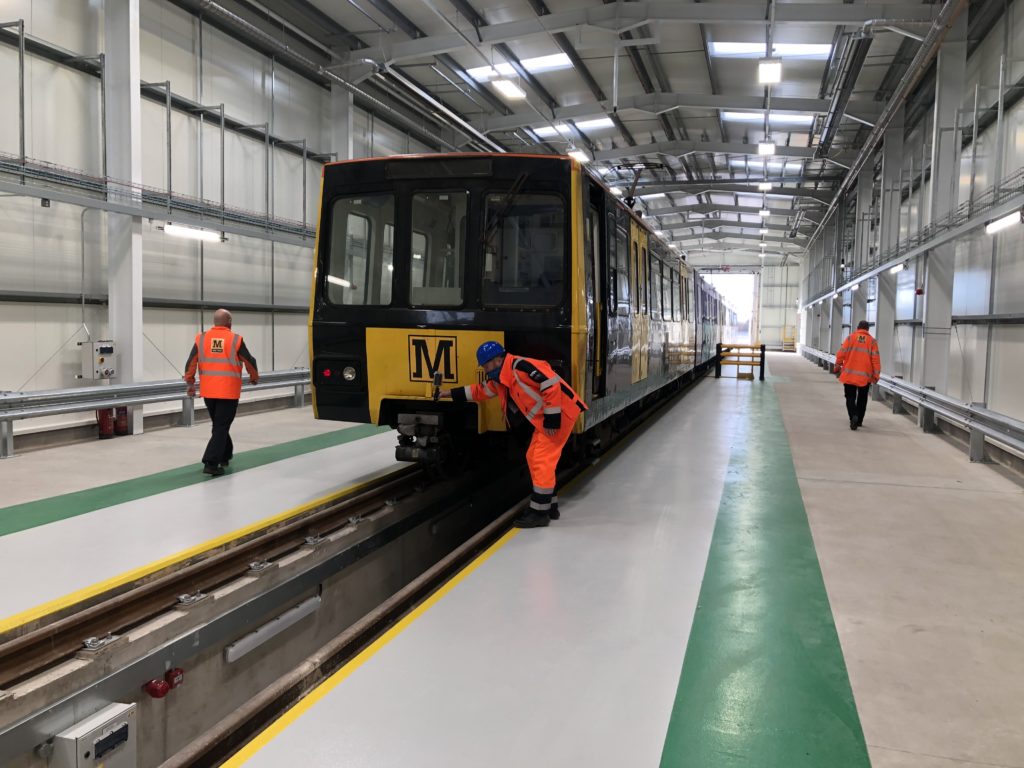
Those engaged in working at depots should be involved in the planning and assessment of work required, and in the assessment and control of risks to ensure depot operation is as safe as possible. It is very often the case that those doing the actual work may know the most efficient and safest way to carry the work out, although this also needs to benefit from independent assessment from third parties.
Health and safety
There should be safe segregation of people and moving trains during all activities, including the use of authorised safe walking routes. A train depot should be a secure and safe place of work, and hazards should be identified and removed, or the risks reduced and controlled so far as is reasonably practicable. The reduction and control of risks should be done by the design of operational and engineering controls, and not just rely on training, information, and behavioural controls.
Procedures and systems should be updated following accidents and incidents, both in the depot and industry, and make use of the Safety Management Information System (SMIS). Incident alerts should be promptly issued after any incident to share learning points and to prevent reoccurrence.
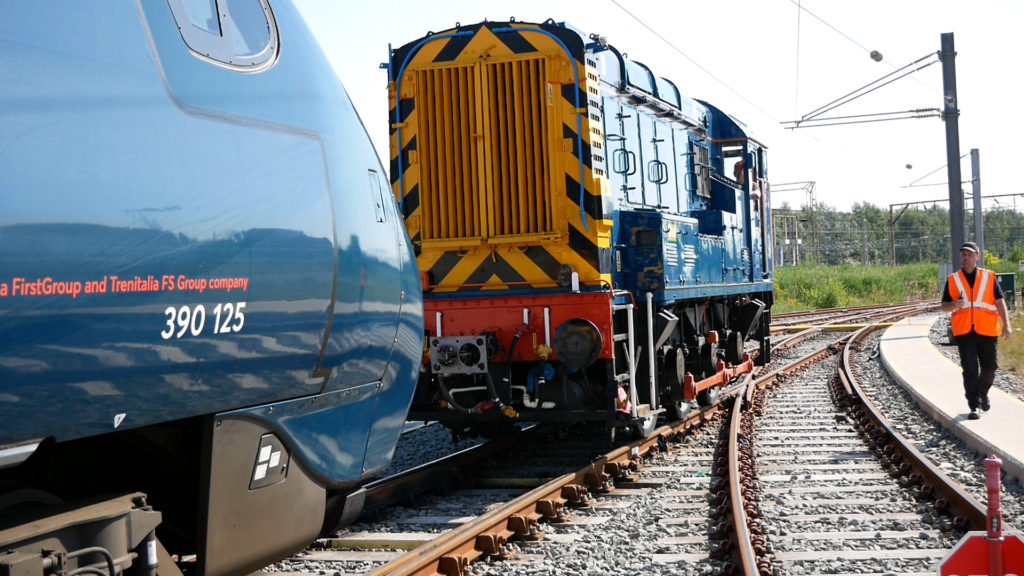
A business continuity/emergency plan should be in place to cover degraded situations and emergencies as part of the depot Quality Management System. Emergency services should be consulted when the plan is drafted and this should consider emergency/degraded situations based on losses of vital infrastructure, such as points failures, derailments, electrical supply, communication links, and felling point issues. Independent audits of depots also provide the opportunity to improve plans and processes.
The need for close proximity (or contact) with live 25kV AC and 600/750 V DC electrical supplies should be designed out, or robust mitigation measures should be put in place and subject to regular review. Systems are available which prevent access to live third rails or overhead lines by using guarded access and interlocked gates, which can only be opened with a key that is released from a control panel when the high voltage supplies are isolated. A sequence of unlocking and removing keys ensures access to areas is only permitted when the electrical hazards are safely isolated and earthed.
Some depots, or the buildings within them, are used to maintain electric locomotives and units despite there being no overhead wires present. The absence of wires is a cost saving to both the installation and maintenance of the site as well as a having a safety benefit. Diesel or battery powered trains are used to move the electric trains.
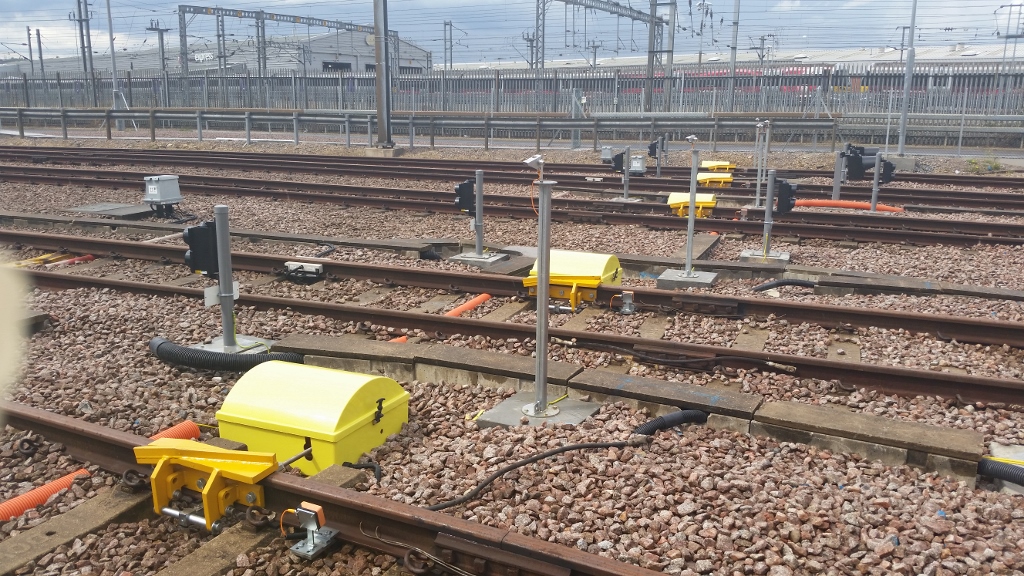
Depot security
Depot security should be managed and maintained to lessen the risk of trespass, theft, and assaults on staff, and to mitigate criminal activities. This should involve a risk assessment to understand the strategic importance of the depot and risks such as terrorism, high-risk items that could be subject to criminal activity and stabled trains that could be subject to graffiti or arson if the depot location is overly isolated. Security for depots should be provided in layers of defence including, for example, security fences, CCTV, and alarm systems.
Everyone should be encouraged to report instances of trespass and ask for confirmation of identity of anyone not recognised or expected to be at the depot. Tools, equipment, and machinery should always be left securely when not in use. Wearing uniform, high visibility clothing, and other supplied personal protective equipment, with company identification, makes it easier to recognise authorised staff, but clothing with company identification should also be strictly secured and controlled to prevent misuse.
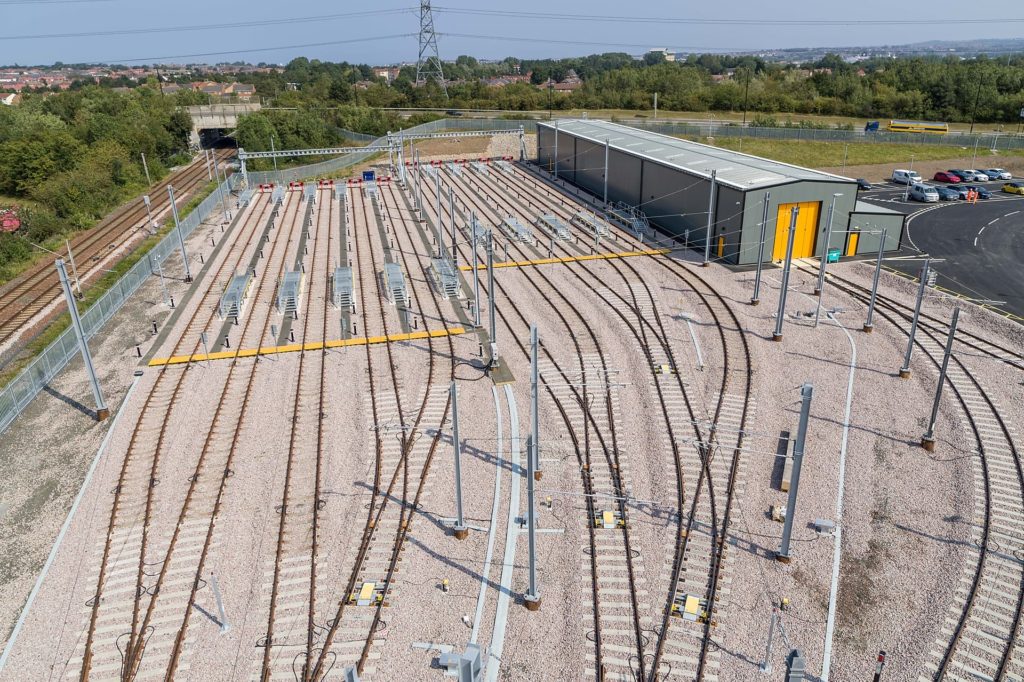
Depot safety arrangements should be set out in guidance that is easily understood and is commensurate with the level of risk. Safety representatives within the depot should be involved in developing safety guidance, risk assessments, briefings, and safety notices. Risk assessments should be carried out to identify hazards and to either prevent or mitigate risk.
Train movements
Trains should always be driven from the end that is first going to traverse walking routes. Reversing a train over a walking route should only be done in exceptional circumstances, with the walking route closed for staff use. The coupling of multiple units or coaching stock should, if possible, not have to include crossing a walking route to make the coupling. If a train movement is to cross a walking route, then the driver should sound the horn or use an alternative means of warning staff.
Visitors should always be accompanied when at the depot, issued with appropriate personal protective equipment, be given a safety briefing to identify any hazards they may come across, and be made to agree and provide risk control measures. Contractors should be made aware of the boundaries of their work. Depot staff should be made aware of the work being carried out by contractors and briefed on any changes to the depot’s safety arrangements.
The type of signalling for the control of train movements internally within a depot, or even if all the available connections need to be signalled to the same standard, may vary and will be dependent on the complexity of operation, the volume of train movements in the depot, and system integration with the main railway signalling system.

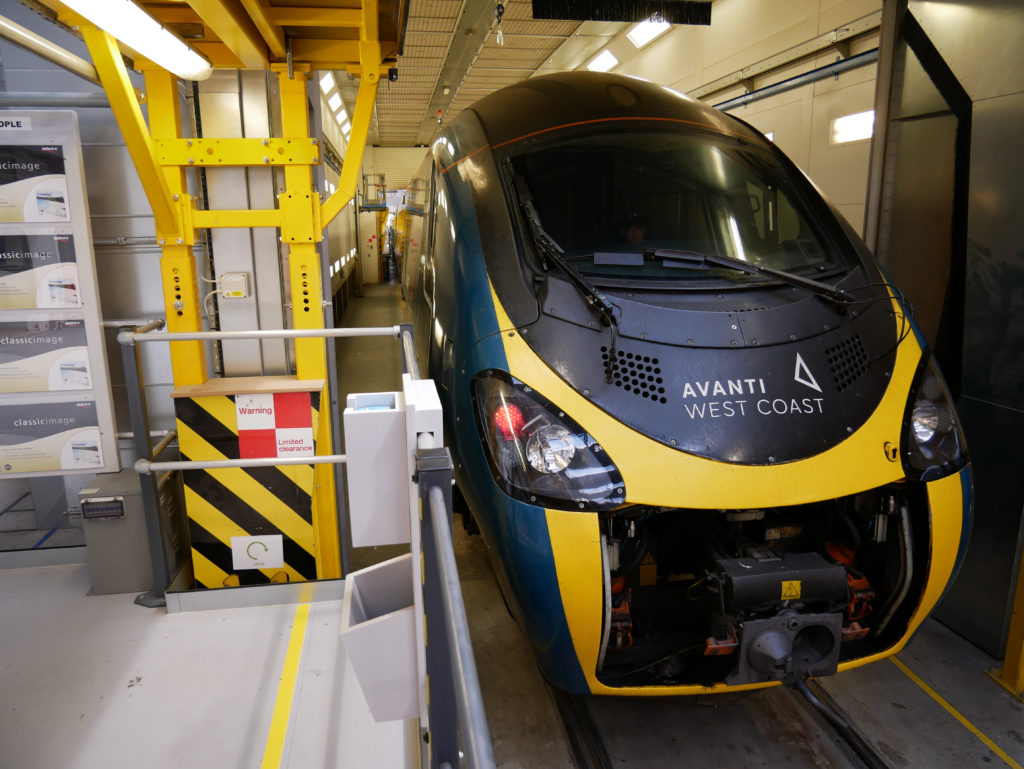
Safety Integrity Level
Safety Integrity Level (SIL) is an indicator of the relative risk-reduction provided by a safety function in a device. A SIL number between 1 and 4 (1 being the lowest level of safety protection and 4 the highest) is used to describe the degree of safety reliability protection. SIL can be assigned to virtually any function presenting a safety risk. Typical examples of SIL functions for rail are: SIL 1 light metro train speed monitoring and display, SIL 2 depot protection and depot control systems, SIL 4 interlocking of main line points and signals.
The requirements for a given SIL are not consistent among all the functional safety standards across different industries, which does cause some confusion. Some asset owners and project managers may be tempted to specify a high SIL simply for availability reasons, and SIL is sometimes mistakenly used to imply that a product has better quality and higher reliability, but this is not always the case.
An item is highly available if it does not fail very often and when it does fail can be quickly returned to service. A system is considered to be safe if it is reliably performing its safety function. However, the system may fail much more frequently in ways that are considered not to be dangerous (fail safe). Therefore, a safety system may be less reliable overall than a non-safety system performing a similar function. Whole life costs will increase to achieve higher SIL levels. This is because designing, testing and maintaining systems to meet high levels of safety integrity is complicated, time-consuming, and expensive. In some cases, it can also lead to lower levels of overall system performance reliability.
Specialised SIL systems
Main line signalling will typically be designed to the high SIL level 4 but, for depots, such systems may not be able to provide the operational flexibility required for slow speed train movements. So specialised depot SIL level 2 control systems are now available as cost-effective alternatives to expensive, inflexible SIL level 4 control systems. These use clever, inexpensive route indicators, points machines, train detection methods, and SIL level 2 rated PLC hardware/software, to suit depots where safety and flexibility is key for depot train movements.
The systems feature cost effective control technology from other industries, such as intelligent systems with technology such as Radio Frequency Identification (RFID) tags for access control, SCADA operating systems, flexible local control, and de-railers allowing protection to be easily provided when people are working nearby. The systems also provide many other features which are more suited to depots rather than main line signalling.
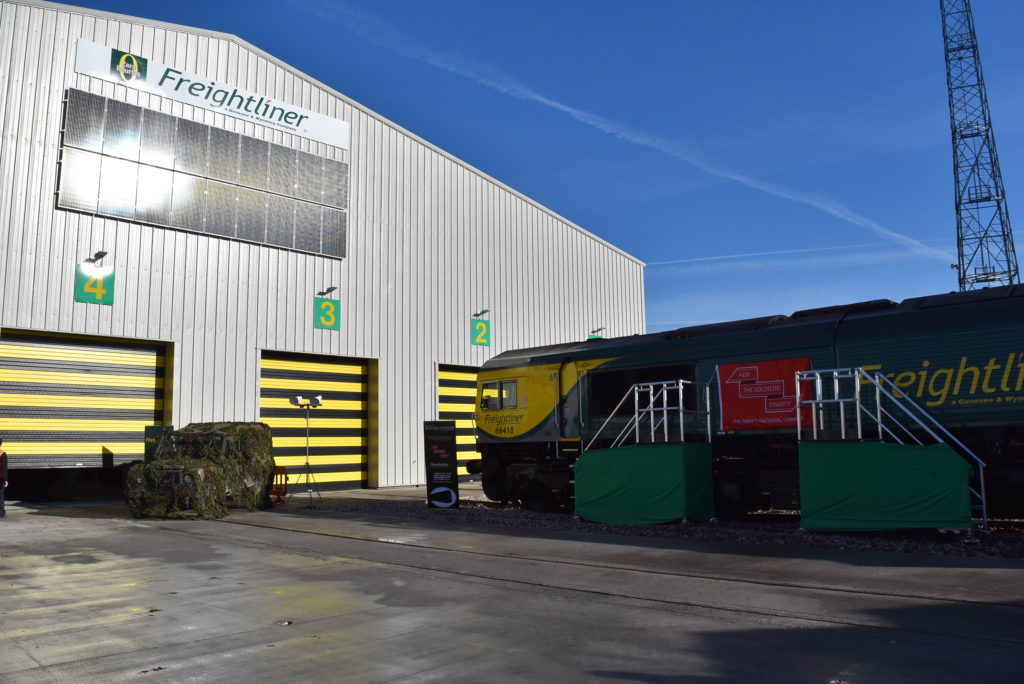
SIL level 4 driverless Automatic Train Operation (ATO), without any staff on board, is referred to as Unattended Train Operation (UTO). UTO can range from the operation of trains in passenger service with no attendant on board, typically found on metros, or could be used for empty train movements in an automated depot.
The method of voice communication between depot and signallers must also be suitable for both safe normal and disrupted operations and ease of dispatch of rolling stock from the depot.
Britain’s railways remain the safest in Europe, but with lots of slow-moving trains, high voltage equipment and machinery, maintenance depots are potentially risky locations. Therefore, it is important that every opportunity is taken to provide the right cost-effective technology to keep people safe; and to ensure that trains are safely and efficiently stabled, maintained and upgraded.

